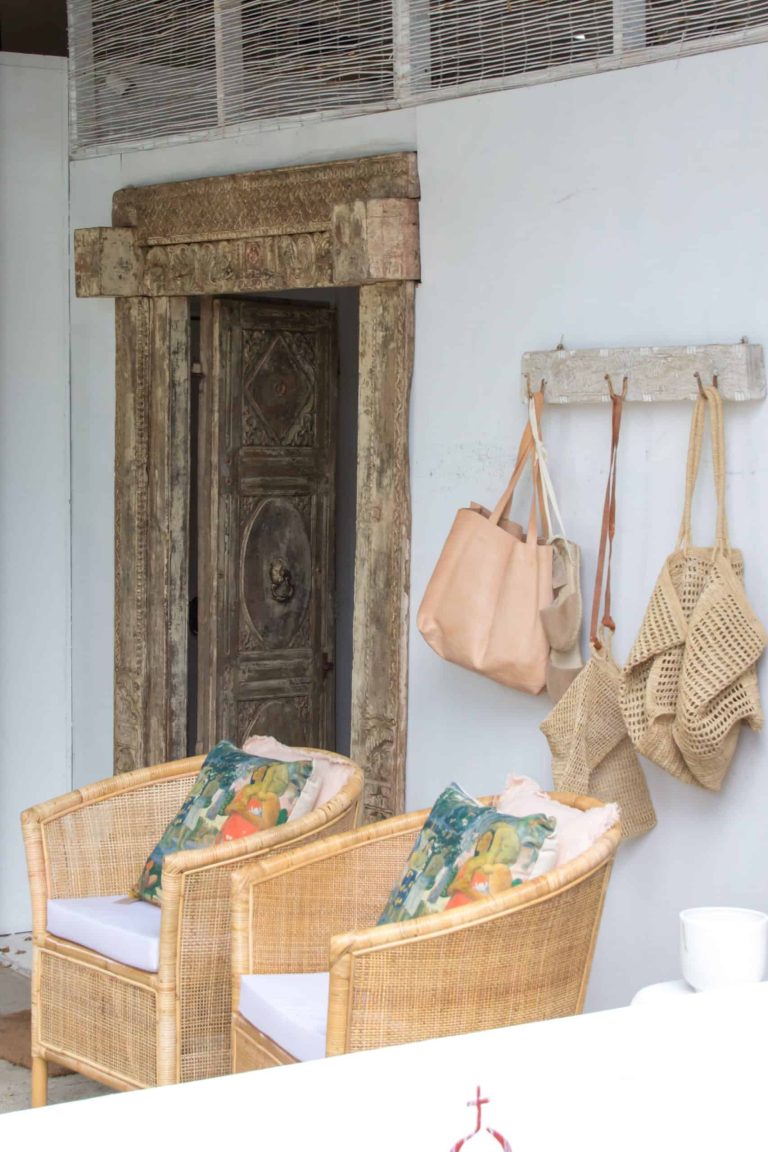Cotton takes the name of the most-produced plant-based fibre, but jute is a close second. While jute isn’t very well-liked in the Western world, it is one of the main textile fibres of India and neighbouring countries. Jute plants grow to be over 10 feet high, and the fibres obtained from these plants are harvested in a single long string. Therefore, jute fibres are among the extended natural textile fibres in the world.
Jute grows in similar circumstances to rice, and this plant is best at surviving in warm areas with annual monsoon seasons. This crop cannot grow in hard water and ambient humidity levels. The recommended humidity level is approximately 80% and is important for jute production.
Jute has been grown for textile purposes in the Indian subcontinent and its neighbours for at least 5,000 years. The untimely evidence for the production of this plant fibre dates to approximately 3000 BC. It is possible that the Indus valley civilisation or preceding societies also cultivated jute for textile fibre purposes before this date.
With the advent of British involvement in India, jute became a money crop that helped fuel British colonial efforts.
While jute had also been grown in Scotland for many centuries, jute production in the Bengal neighbourhood and other parts of India quickly overtook Scottish production. Due to the huge profits being made by jute barons in India, many Scottish jute producers immigrated to this British colony to participate in the jute boom.

Jute production remained a noteworthy sector of the economy of the British Empire until the late 19th century. After the Indian independence, jute remained a significant export of this region. However, with the advent of synthetic fibres, jute production lessened in the latter half of the 20th century. It wasn’t until the early 21st century that manufacturing of this plant fibre again became a major economic factor in India, Bangladesh, and other neighbouring countries of the Indian subcontinent.
Jute is a relatively uneven fibre, which means that it isn’t well-suited for apparel applications unless it goes through an extensive manufacturing process. Instead, the jute’s roughness and durability make it perfect for industrial applications. Several types of jute textile fibre are loose with woven networks of thick yarn.
While jute absorbs water willingly, it also dries fast, and it is very resistant to abrasion and stains. Being plant-based, however, jute biodegrades relatively quickly, and it isn’t popular for its long-term durability in outdoor applications.
Many types of jute fibre are light brown, but some off-white types also exist. Generally speaking, white forms of jute are considered to be inferior to brown forms, but white jute may be more useful for clothing applications.
Since it is thick and flexible, jute fibre is generally easy to work with, and since this fibre is long and shiny in its crude state, producing jute yarn is relatively easy. Jute is highly breathable, but it doesn’t naturally keep much heat, which makes it a perfect clothing material for hot and humid climates.
The manufacturing of jute fabric has continued to exist largely the same for centuries. Jute fibres can be obtained from both the inner stem and the outer skin of the stalk.
A procedure called retting is used to detach the non-fibrous material from the stem and skin of the jute stalk. Retting softens the stalks and makes it done to separate the fibrous material from the unusable material by hand.
After the jute stalk has been retted, it is possible to detach the long, silky fibres and comb them into long strings. These combed fibres can then be turned into yarn. While it’s theoretically possible to make jute yarn with automated machines, most jute-producing communities still depend on analogue spinning wheels for this process.

Once jute fibre has been turned into yarn, it may be put through a variety of chemical processes to dye it, provide it with water resistance, or make it fire-resistant. Then, the completed reels of jute fibre are shipped out to textile production facilities to be woven into clothing or industrial textiles.
In the case of jute clothing, a variety of softening procedures are used to make the finished clothing products more comfortable. Some producers may agitate the jute yarn to lower its roughness, or chemical procedures may be used to achieve the same effect.

Due to its uneven texture, jute is not usually used for apparel production. Recent modifications in jute processing, however, have made it possible to use this traditionally uncomfortable textile for certain types of garments. While it’s still unusual to find jute used in undergarments or apparel that makes direct touch with the skin, jute sweaters and light jackets are quickly gaining popularity worldwide.
However, the traditional uses of jute remain the most liked applications of this fibre. For example, jute is synonymous with burlap, used for centuries as an industrial material in Western Countries. Burlap sacks have long been used to transport vegetables, fruits, and other goods.
Jute also carries on to be used in agricultural applications. It’s usual for jute fabric to return to its point of the centre as a protective measure against erosion in jute and rice fields. Jute fabric is also used to make protective wrappings around sapling roots when these juvenile trees are transferred. Since jute is willingly biodegradable, saplings can push their roots right through jute fabric bags without experiencing any significant resistance.
Due to its unevenness and durability, jute is well-liked in general homeware applications. For instance, this fabric is well-liked for upholstery, and it is also used to manufacture curtains and canvas.
Intriguingly, jute is a constituent of ghillie suits, which are known for the kinds of camouflage suits that allow military to blend into grassy or otherwise flora-rich environments. They have also appeared on a number of fashion runways around the world including COMME des Garcons in 2018 as part of their Spring-Summer 2019 collection and Dries Van Noten created his own innovative version for Spring-Summer 2022.

While there are two main types of jute, these forms of this important textile fabric aren’t the only types of jute in existence:
White jute isn’t anywhere near as well-liked as it once was, but historical records suggest that this fabric used to be the main textile used to clothe the ordinary people of the Bengal region of India. As its name suggests, white jute is lighter in colour than other kinds of this fibre, but this type of jute is also less durable than its other types.
Tossa jute is the main type of jute in manufacturing today. It is a hardy crop, and it yields more fibre and durability than white jute. In colour, Tossa jute is browner than off-white, and its fibres are just as long and powerful as any other type of jute in existence.
Mesta jute is a crossbreed of white jute and Tossa jute. While this type of jute wasn’t well-liked historically, political complications during India’s tumultuous independence period led to the popularity of this type of jute’s production.
Jute cuttings are byproducts of jute manufacturing. They are the uneven and least desirable parts of the jute plant, but they can still be used to make elementary textiles.
The majority of the world’s jute is manufactured in India, Bangladesh, and Pakistan. Specifically, 85% of jute manufacturing is localised to the Ganges River Delta, which spans Bangladesh and the Bengal region of India.
While China doesn’t produce as much jute as India or Bangladesh, it is still one of the world’s largest Jute manufacturers. Many other Asian and Indian neighbouring countries also produce jute, including Thailand, Burma, and Bhutan.
| Cookie | Duration | Description |
|---|---|---|
| cookielawinfo-checbox-analytics | 11 months | This cookie is set by GDPR Cookie Consent plugin. The cookie is used to store the user consent for the cookies in the category "Analytics". |
| cookielawinfo-checbox-functional | 11 months | The cookie is set by GDPR cookie consent to record the user consent for the cookies in the category "Functional". |
| cookielawinfo-checbox-others | 11 months | This cookie is set by GDPR Cookie Consent plugin. The cookie is used to store the user consent for the cookies in the category "Other. |
| cookielawinfo-checkbox-necessary | 11 months | This cookie is set by GDPR Cookie Consent plugin. The cookies is used to store the user consent for the cookies in the category "Necessary". |
| cookielawinfo-checkbox-performance | 11 months | This cookie is set by GDPR Cookie Consent plugin. The cookie is used to store the user consent for the cookies in the category "Performance". |
| viewed_cookie_policy | 11 months | The cookie is set by the GDPR Cookie Consent plugin and is used to store whether or not user has consented to the use of cookies. It does not store any personal data. |
Create your free account and begin your sustainability journey.

